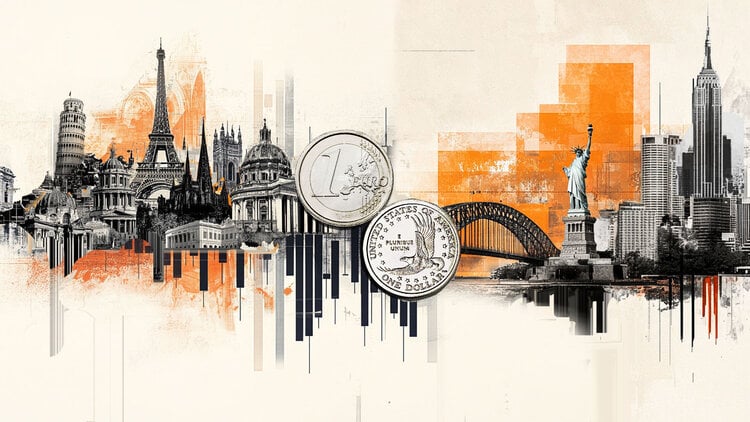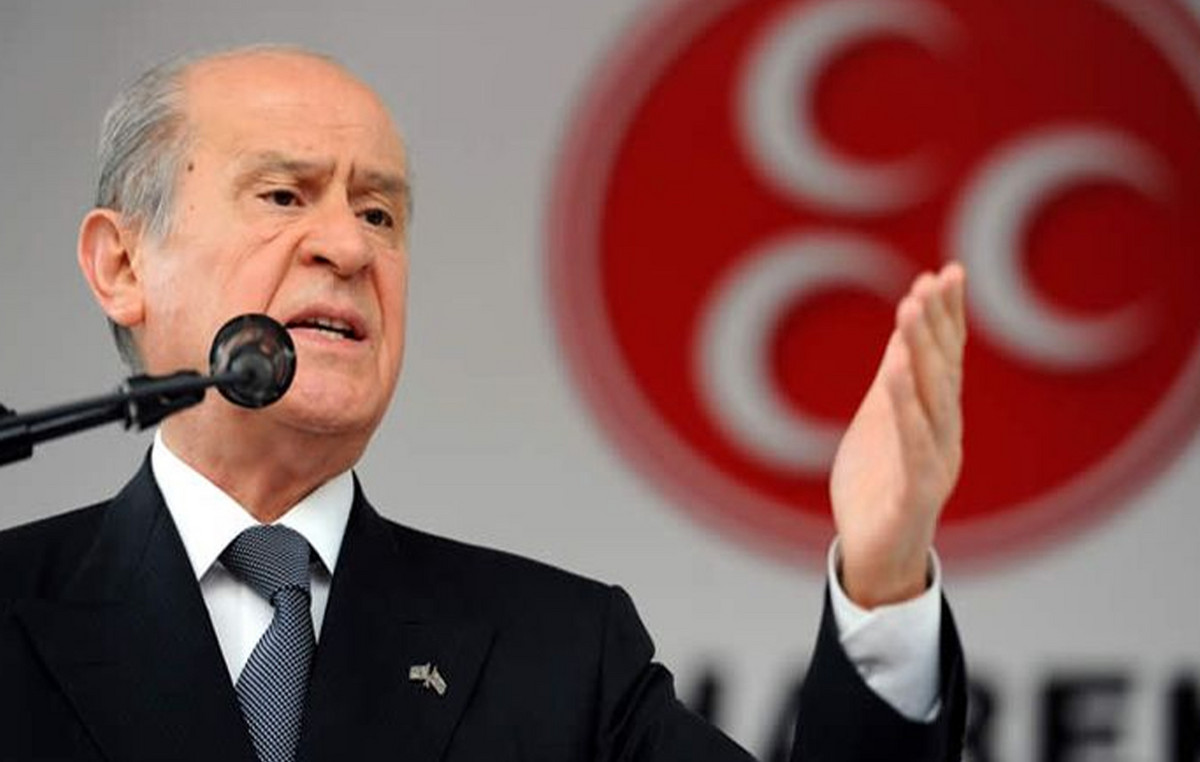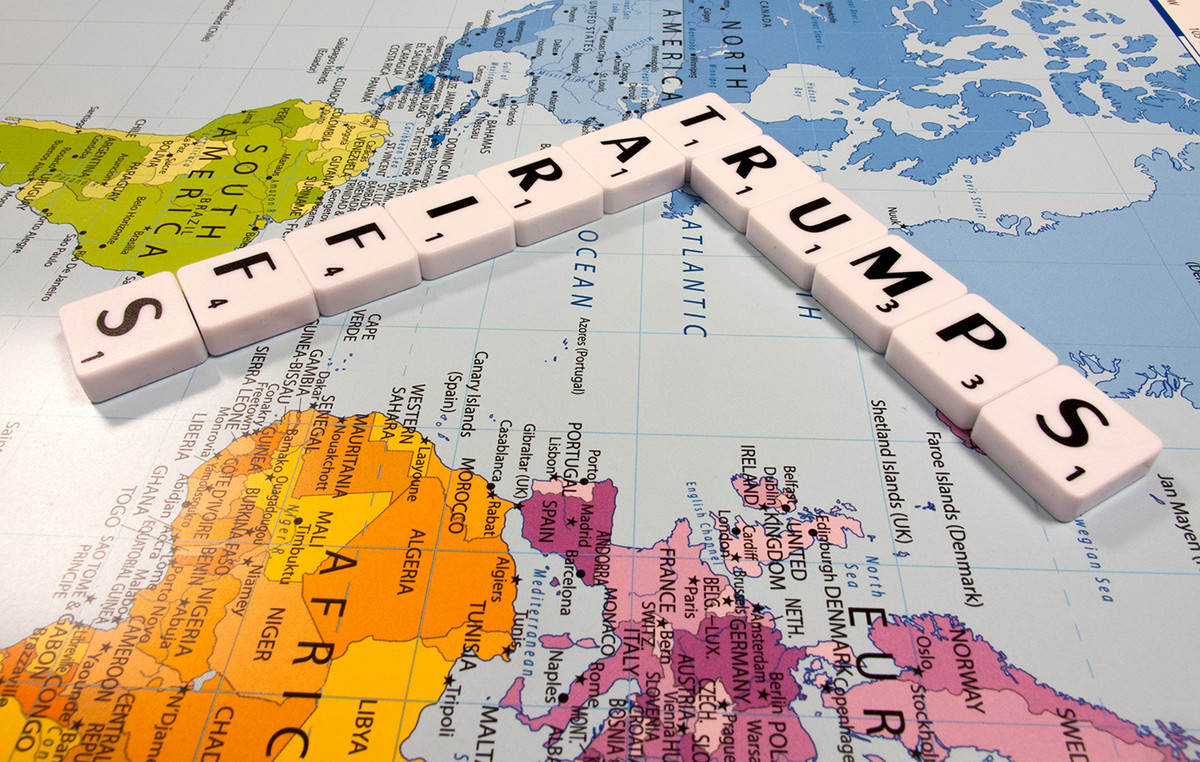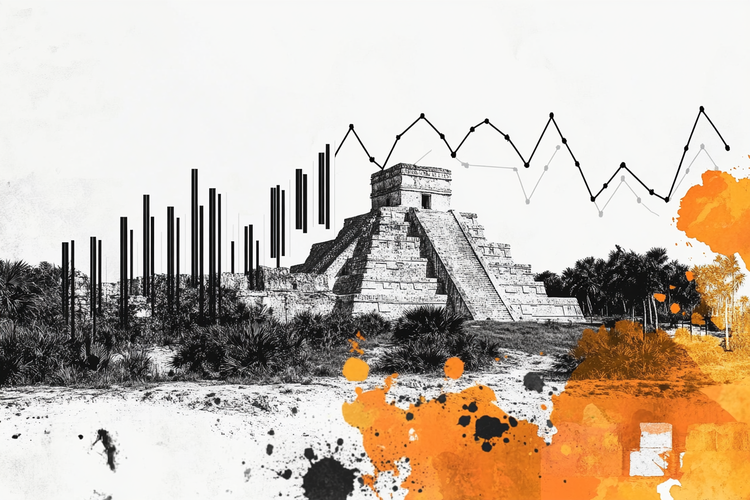The number of doses of monkeypox vaccine distributed in the United States has more than tripled since last week, according to the U.S. Department of Health and Human Services, but supply is far below demand — and below levels. which experts say will be needed to control the outbreak.
Michael Austin Nicolo, a bartender in New York City, is one of more than 1,000 people in the US who have been diagnosed with the virus this year. He is also one of many who struggled to find an available vaccine.
“I just heard about monkeypox like everyone else, through the news, social media, rumours, and how it was becoming something we needed to be concerned about and how it was predominantly affecting gay men or men who have sex with men.” . said Nicolo.
It was enough to send him in search of more information on how to protect himself.
“At the time, there were few resources to find the vaccine,” he said.
Where do vaccines go?
The US Centers for Disease Control and Prevention (CDC) estimates that more than 1.5 million gay men are eligible for the monkeypox vaccine.
Although monkeypox is not a sexually transmitted disease, it spreads through skin-to-skin contact and, in this outbreak, has mostly spread in this group.
More than 132,000 doses of the Jynneos vaccine — a two-dose regimen made by Bavarian Nordic — were pulled from national strategic stockpiles and distributed across the country, according to HHS data, but they were not enough to meet demand.
“We received a batch of 200 vaccines, and consultations for that took about an hour and a half,” said David Holland, clinical director of the Fulton County Board of Health in Georgia.
The CDC says decisions about how to allocate the limited supply of vaccines are based equally on the number of cases and the population at risk in a specific area.
The Jynneos vaccine is now available for people at high risk of exposure: those who have been identified as close contacts of someone who has been diagnosed with smallpox, those who have had sex with a partner diagnosed with the virus in the last 14 days, and those who have had multiple sexual partners in the past 14 days in an area with the spread of smallpox, according to the CDC.
As more vaccines become available, the agency will continue to evaluate the distribution strategy, a spokesperson said.
The District of Columbia has received the most vaccines per capita by far, and the city has far more confirmed cases than any state.
But as of Wednesday, two states with confirmed cases — New Mexico and South Dakota — have yet to receive any doses.
After DC, New York received the highest number of vaccine doses per capita: more than three times the US average. About three-quarters of the state’s supply went to New York City.
In a letter Tuesday, New York Mayor Eric Adams urged the Biden administration to increase vaccine allocation, calling his city the “epicenter” of the virus in the US.
White House Covid-19 Response Coordinator Ashish Jha said Wednesday that additional doses of monkeypox vaccine would arrive within weeks from a factory in Denmark.
“The thing is, we need more vaccines out there,” he said.
“We are focused on ensuring that vaccine doses reach the United States and reach places like New York City. Would we like to have more doses? Clear. We had a stock and what we need is more. are more and more.”
Carlos del Rio, executive associate dean of the Emory University School of Medicine, says, “The problem is that we just don’t have enough vaccine. So we are trying to catch up.”
There are also other issues to consider, he said.
“I think the challenge is that we need to make sure the vaccine doesn’t just go to people who are experienced and can get it quickly. We don’t want the vaccine to just go to wealthy white individuals.”
Could a single application strategy be helpful?
A complete Jynneos vaccine recommendation, as approved by the US Food and Drug Administration, requires two doses given four weeks apart.
But some experts say that one dose might be enough for now — and that delaying second doses could be a way to close the gap between supply and demand.
In his letter, Adams urged the administration “to consider alternative vaccine schedules, utilizing a longer interval between the first and second doses, which would allow more of the immediately available vaccine to be used in the first doses.”

Bavarian Nordic CEO Paul Chaplin told Science in early July that “there is a lot of data to support a single dose.”
Chaplin said the second dose could be given two years later and still get the same immune response as the standard regimen, so countries have plenty of time to provide second doses if they decide to use single doses for now.
Health experts say providers should not withhold doses at this time.
“From what we’ve been told, it’s: give the doses you have and in your later allocations there will be additional doses that will cover the second doses,” said Claire Hannan, executive director of the Association of Immunization Managers.
Not a sustainable strategy
If the virus is not contained as soon as possible, health officials fear, it could spread beyond population groups that are now at high risk.
Janet Hamilton, executive director of the Council of State and Territorial Epidemiologists, says the US must overcome a vaccine strategy focused on high-risk post-exposure because “there is no vaccine-preventable disease that can be controlled only after exposure. when there is no prior immunity.”
Monkeypox is endemic in parts of Africa, but it is essentially a new disease to the US, and there is no immunity built up in the population.
“Everyone is susceptible at this point,” Hamilton said. “There is no way to control this disease in a completely susceptible population without a pre-exposure vaccine strategy.”
The need for more and easier testing
Meanwhile, people affected by the virus say they also need other resources. The Biden administration has moved to expand testing, with the CDC announcing a collaboration with five private companies to double the country’s testing capacity. Some of these companies have already started offering tests. But that didn’t happen soon enough for some.
Nicolo said that when he first went to the doctor with symptoms of smallpox, they took a sample to test — but he learned days later that it had been discarded, not tested.
Two days after that visit, his symptoms worsened and he went back to the doctor. The second sample came back positive.
Christian Redondo, a graduate student in Atlanta, noticed a wound and called the local board of health, who said he was not getting tested and referred him to his primary care doctor.
His primary care doctor told him to go to the ER to get tested, but Redondo managed to get in touch with a friend at the county health department who said yes, in fact, he would need to go there for a test.
“So I was in the waiting room for, I don’t know, four or five hours. It was a long time. And when I asked them about it, they said they had to wait for permission from the CDC to test me for smallpox,” he said.
Testing is needed to prevent new cases and to learn more about the full scope of the outbreak.
“I think one of the challenges we have is that we’re just not doing enough testing, so there’s probably a lot more cases than we’re currently recording,” said Emory’s del Rio.
Source: CNN Brasil







